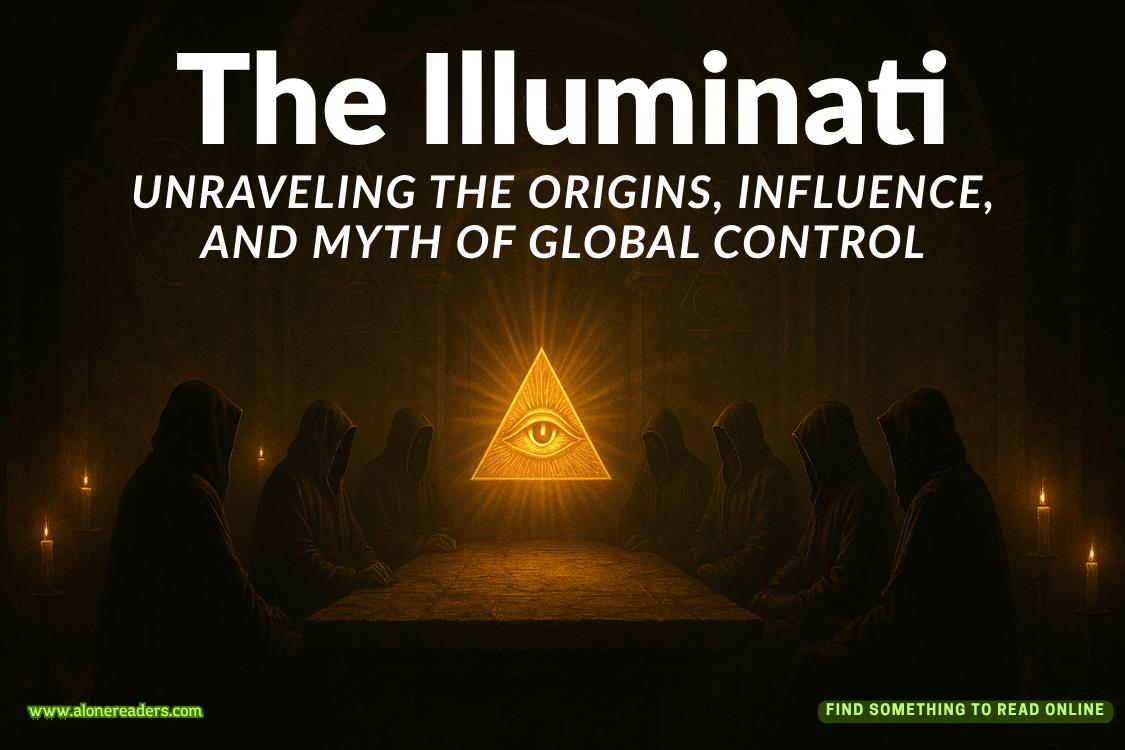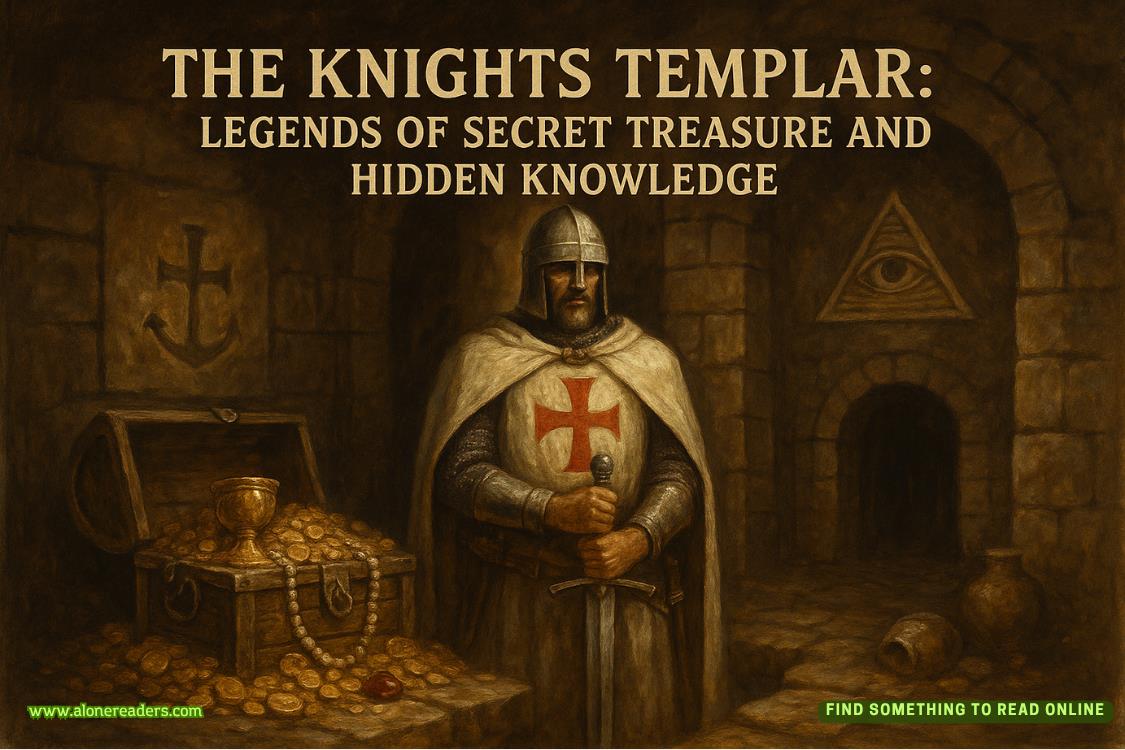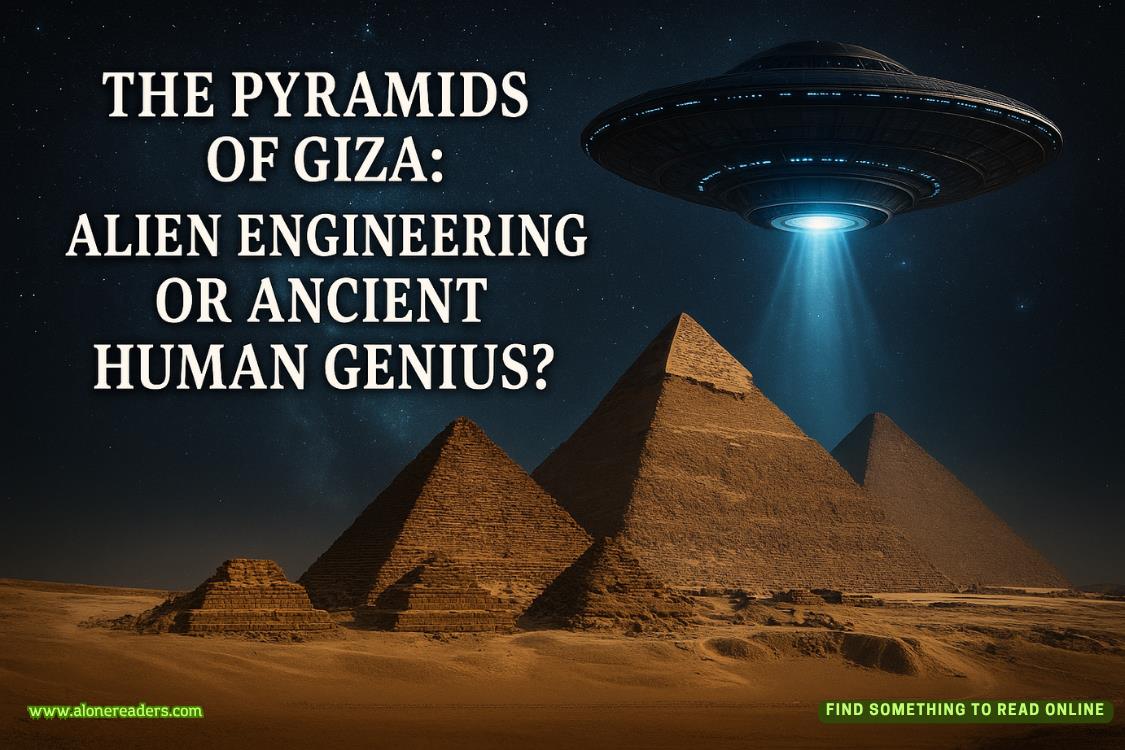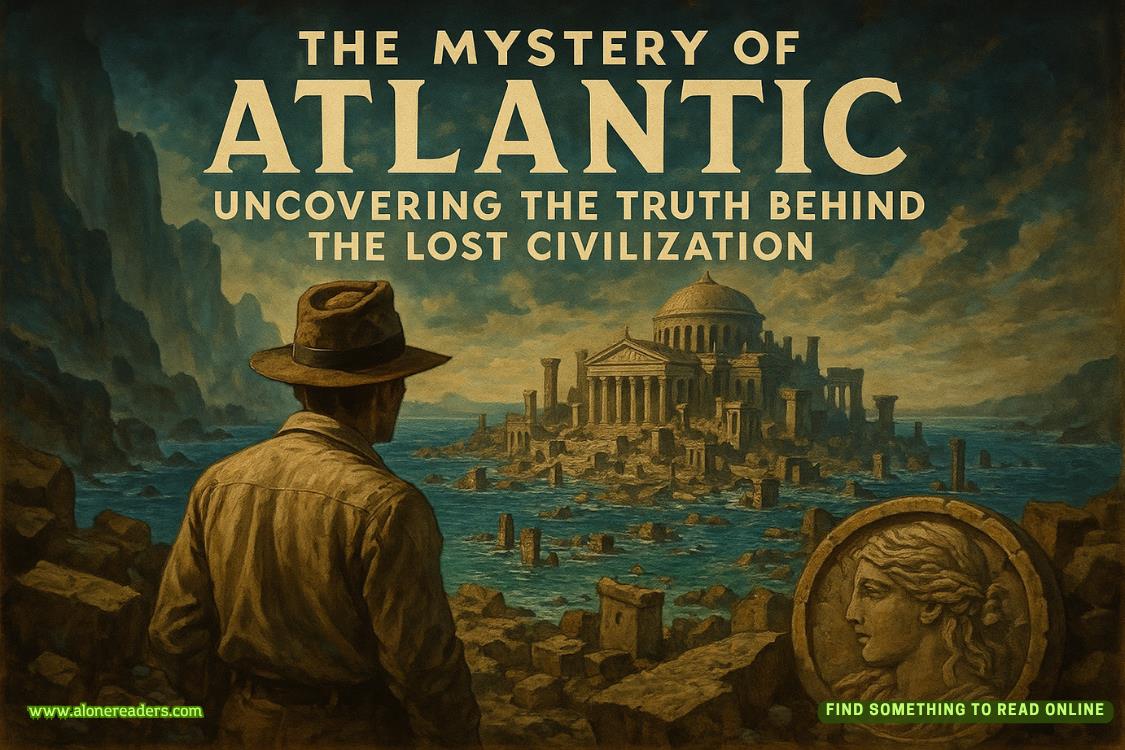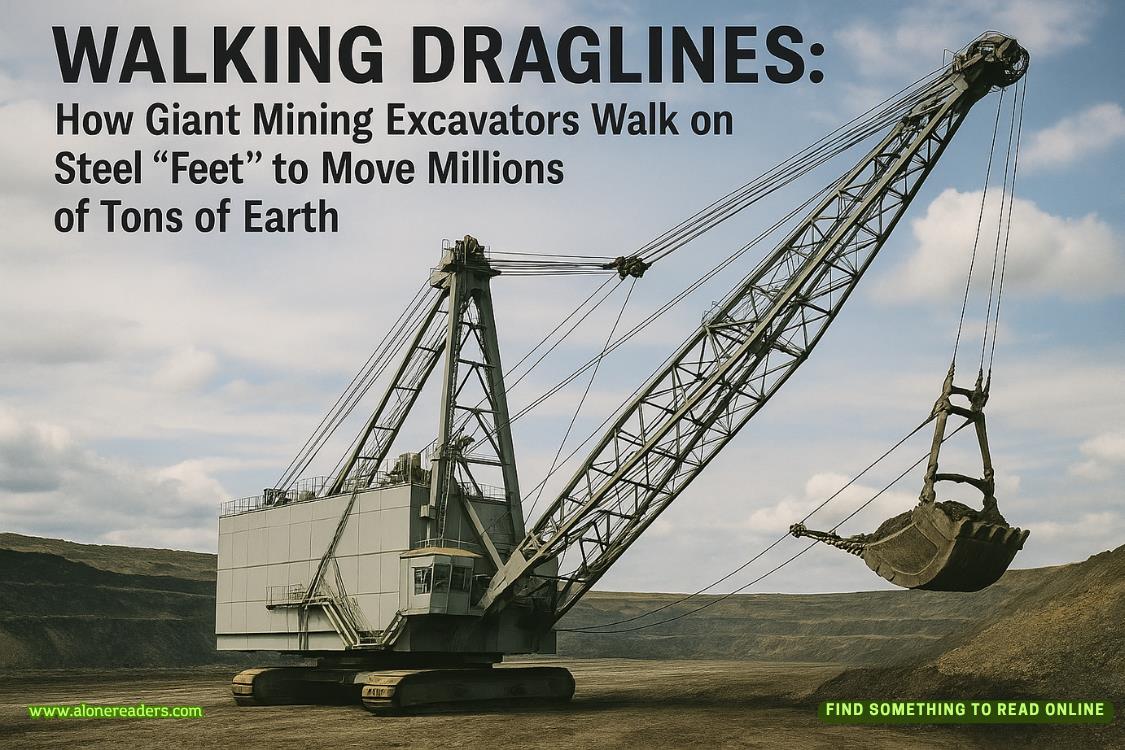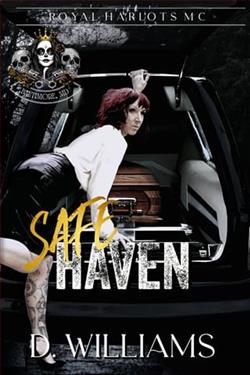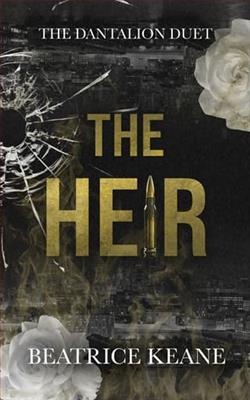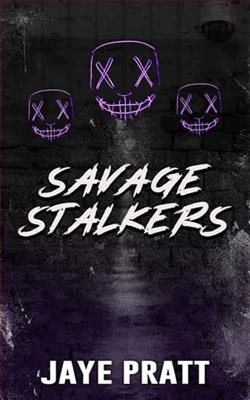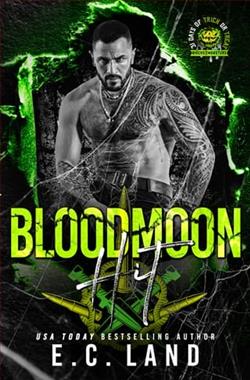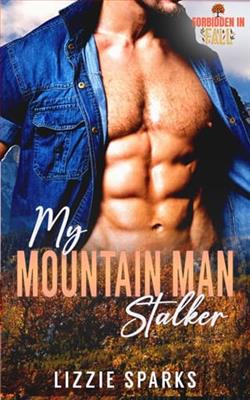Page 157 of What She Saw
Chapter Forty-Four
Sloane
Monday, August 25, 2025, 1:30 p.m.
State police crews and vans were now parked off the road by the barn. After locating the mine shaft, the crews created a pulley rig and harnesses over the now-exposed opening. Two cops dressed in tactical gear stood over the vertical shaft with helmets and GoPros. They were ready to lower.
I stood back with Grant, watching. I didn’t feel anything as I watched the officers’ choreographed actions. But my stomach was so taut I could barely breathe.
We were a tight circle: Grant, me, Paxton, and Cody, as well as assorted police from area jurisdictions. Most were curious and wanted a ringside seat at the conclusion of a thirty-one-year-old mystery.
Paxton’s bulletproof vest had saved him. The bullet that should have killed him had left a deep bruise on his chest. Bailey’s shoulder was shredded. She’d never regain full use. I wished I’d shot her in the leg, too.
Susan, with her sister’s support, had turned herself in to the police. She was ready to relay everything she’d seen in the trailer in exchange for immunity. Frankly, I wouldn’t have given her the deal. But Grant said the prosecutor wanted to leverage her testimony against Bailey andpresent it to the parole board before Colton’s hearing. Life was full of compromises.
When cops told Bailey that Susan was willing to testify, she admitted that she’d been drawn to Colton immediately. He was handsome, sexy, and dangerous. And she’d been very willing to help him lure his victims into the trailer, where he’d killed them. At first, she’d thought he’d turn her in to the police, but he’d kept quiet because she was the key to his avoiding the death penalty. Unfortunately, her father had found a love letter from Colton to Bailey in her bedroom almost five years after the festival. It had referenced their secret. He’d confronted her, and one week later he’d shot himself. And then years later, Taggart had started driving by the barn several times a day. He’d talked often about breakthroughs in forensic science. He’d killed himself within weeks. And then Fletcher met with me. How long would it have taken for him to confess all to me? And now he was dead.
Bailey had shot and killed all three men, careful to make their deaths look like suicides.
The odd thing was that Bailey had not spoken to Colton in thirty-one years. In their silence, they’d struck a devil’s bargain that had allowed her to remain free and close to anyone who could expose her.
Two days ago, when Grant had met me here at this site, he’d been equally pissed and relieved. Only when he saw that Bailey’s bullet had grazed my arm did his pulsing jaw ease. Paxton had begun to rouse. Bailey was gripping her bloody arm and squealing like a little pig.
When we’d arrived at the emergency room, Grant had made it clear to the paramedics that I could be pregnant. He was a good man. A lot of guys would have bailed on me by now.
But he’d sat beside me in the emergency room cubicle and put on his best calm expression. I’d wondered if he used that face while interviewing suspects. No emotion but very focused. It was a good look. “What did the doctors say?” he asked.
“Looks like Team Outcast doesn’t get a new member.” I studied his face closely, but I couldn’t detect any signs of relief or disappointment.
“Okay,” he’d said.
“You’re off the hook.”
“I was hoping I wasn’t.”
“Probably just as well. I can’t keep plants alive.”
He studied me, his eyes darkening with resolve. “Why don’t you stay in Dawson for a while? My house is big enough for us and Cody. You can write your article or book there.”
Part of my guard relaxed. I had been focused on this case for so long. It was solved now. A win for everyone. The article would write itself. And then I’d find a buyer. And then came the in-between times that bookended my projects. Without a story or purpose, I was aimless and embraced dangerous stunts to ease my disquiet.
Grant was offering me a lifeline. I didn’t have to navigate the inevitable choppy waters alone. “Okay.”
His body relaxed a fraction. “Good.”
We stood side by side in silence and watched the first officer lower his camera into the shaft. We viewed the monitor as the camera lowered past old timbered walls, pieced together with wooden pegs and nails more than a century ago. The darkness thickened as if it fought against the jarring light.
The camera and light lowered. And lowered. Timbers creaked. Chunks of dirt dropped and hit what sounded like water. Theplop-plopsound echoed over the microphone.
The camera hovered over the murky black water and then slipped below the surface. Flakes of debris floated like welcoming specters. The camera dropped farther, and I wondered if this hole had a bottom.
And then the camera kicked up silt, and still waters, not disturbed in decades, swirled.
The camera shifted closer to the wall. The officer had explained he’d map the bottom so that he didn’t overlook a section.
And then I saw it. A skull, lying on its side, the empty eye socket staring at the camera. I wasn’t repulsed or afraid. I was relieved. Someone who’d been lost was found.
Over the next four hours, the team recovered three sets of remains. It was a painstaking process, bringing them bone by bone to the surface.
